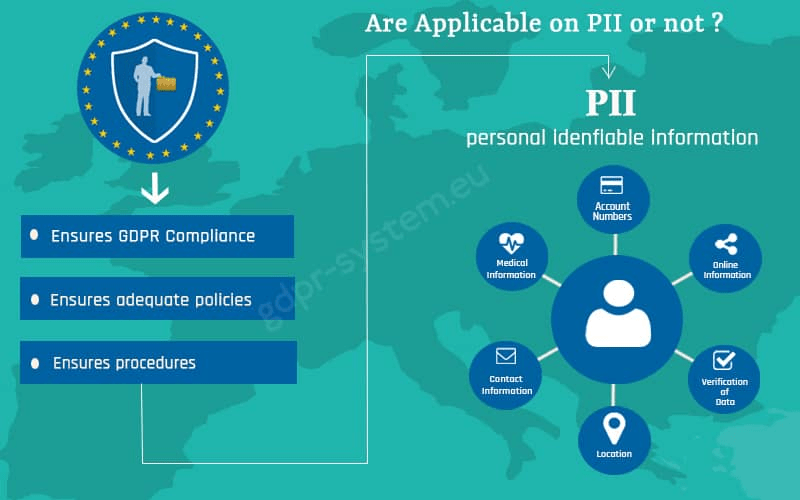Mastering the Art of Conquering Data Collection Limitations in Google Analytics for Better Decision-Making
In the world of digital analytics, the capability to essence purposeful insights from data is vital for notified decision-making. By employing innovative techniques and critical approaches, companies can raise their information quality, unlock concealed understandings, and pave the means for even more informed and reliable choices.
Information High Quality Evaluation
Information high quality evaluation involves reviewing various elements such as precision, completeness, uniformity, and timeliness of the information. One crucial facet to consider is data precision, which refers to how well the data reflects the real values of the metrics being gauged.
Completeness of data is one more essential consider assessing information quality. It entails guaranteeing that all essential data factors are gathered which there are no spaces in the details. Insufficient information can alter evaluation results and prevent the ability to get a comprehensive view of customer habits or internet site efficiency. Consistency checks are additionally vital in data top quality analysis to identify any inconsistencies or abnormalities within the data set. Timeliness is similarly crucial, as outdated data might no much longer matter for decision-making processes. By prioritizing data quality evaluation in Google Analytics, organizations can enhance the reliability of their analytics reports and make even more informed choices based on exact understandings.
Advanced Tracking Techniques
Utilizing advanced monitoring strategies in Google Analytics can dramatically boost the depth and granularity of information gathered for more extensive analysis and insights. One such strategy is occasion monitoring, which permits the monitoring of specific interactions on an internet site, like click switches, downloads of documents, or video clip views. By executing event monitoring, services can acquire a much deeper understanding of individual actions and engagement with their on-line web content.
In addition, custom-made dimensions and metrics supply a means to tailor Google Analytics to particular service demands. Custom-made dimensions permit the development of new information factors, such as individual duties or client segments, while custom metrics allow the tracking of special performance signs, like income per customer or typical order worth.
Additionally, the application of Google Tag Manager can enhance the execution of monitoring codes and tags across an internet site, making it simpler to take care of and release sophisticated monitoring setups. By using these advanced tracking strategies, companies can open valuable insights and maximize their online methods for much better decision-making.
Custom-made Dimension Execution
To enhance the depth of data accumulated in Google Analytics past innovative tracking methods like occasion tracking, services can execute custom-made dimensions for even more customized understandings. Custom measurements permit organizations to specify and collect specific data points that are appropriate to their special goals and goals (What Data Does Google Analytics Prohibit Collecting?). By designating custom dimensions to various components on an internet site, such as individual interactions, demographics, or session information, services can obtain an extra granular understanding of just how customers engage with their on the internet homes

Acknowledgment Modeling Methods
By using the appropriate attribution design, services can precisely attribute conversions to the ideal touchpoints along the client trip. One typical acknowledgment version is the Last Communication design, which gives credit report for a conversion to the last touchpoint a customer communicated with before transforming.

Information Testing Evasion
When dealing with large volumes of information in Google Analytics, overcoming information tasting is important to make certain precise insights are obtained for informed decision-making. Data tasting occurs when Google Analytics estimates patterns in information rather than evaluating the complete dataset, potentially leading to skewed outcomes. By taking these positive steps to reduce data sampling, organizations can draw out much more precise understandings from Google Analytics, leading to better decision-making and boosted total efficiency.
Conclusion
In final thought, understanding the art of overcoming information collection constraints in Google Analytics is crucial for making informed decisions. By conducting a comprehensive information quality evaluation, implementing sophisticated tracking strategies, utilizing personalized measurements, using attribution modeling methods, and staying clear of data tasting, organizations can ensure that they have exact and reputable data to base their choices on. This will eventually result in a lot more effective techniques and this post far better end results for the company.
